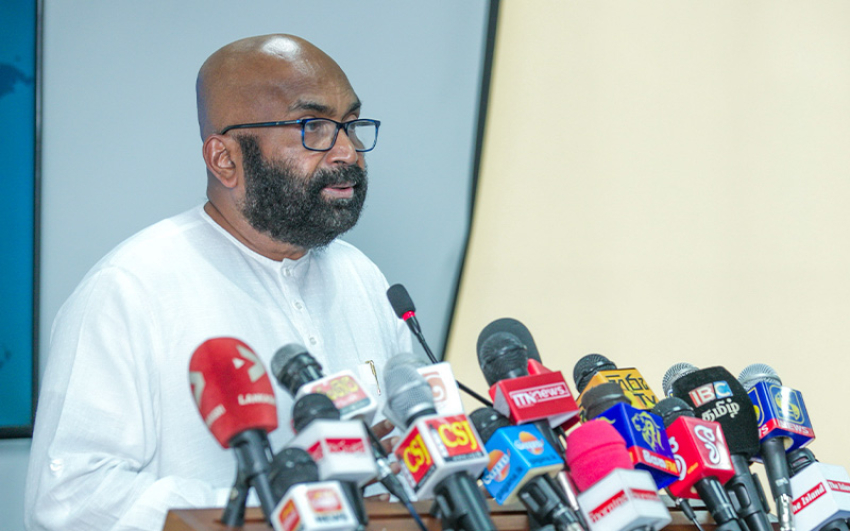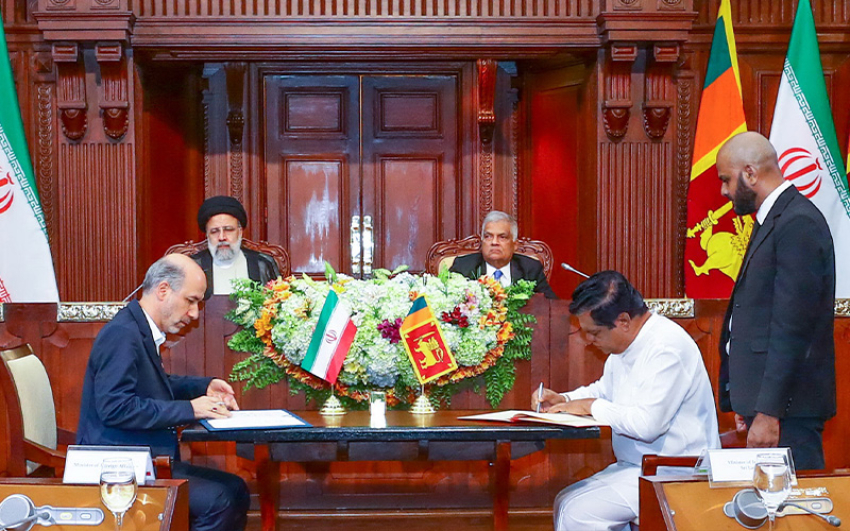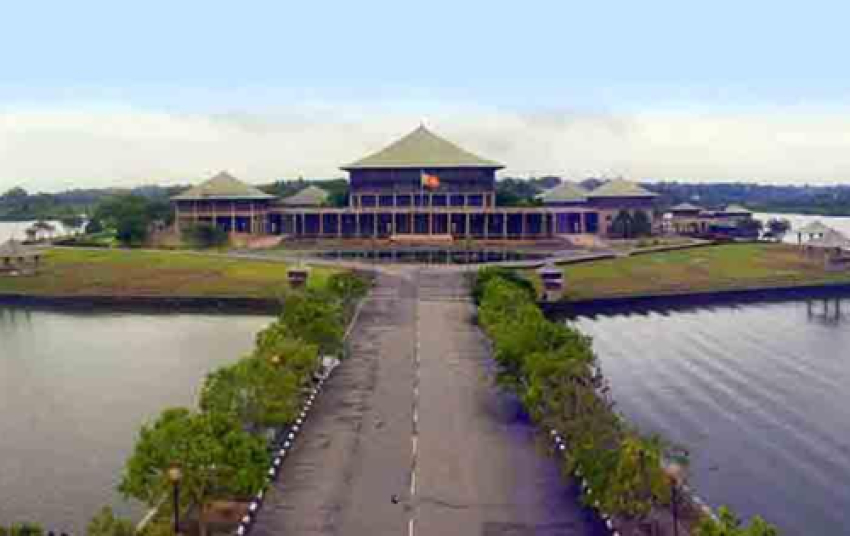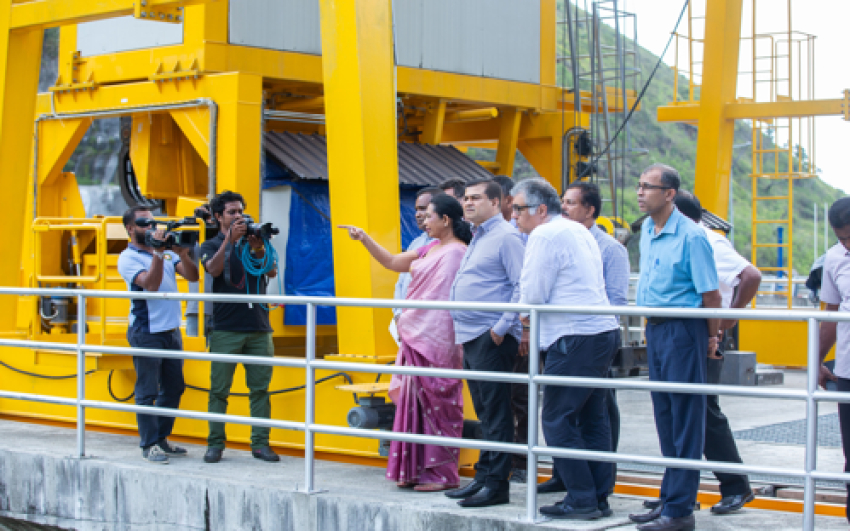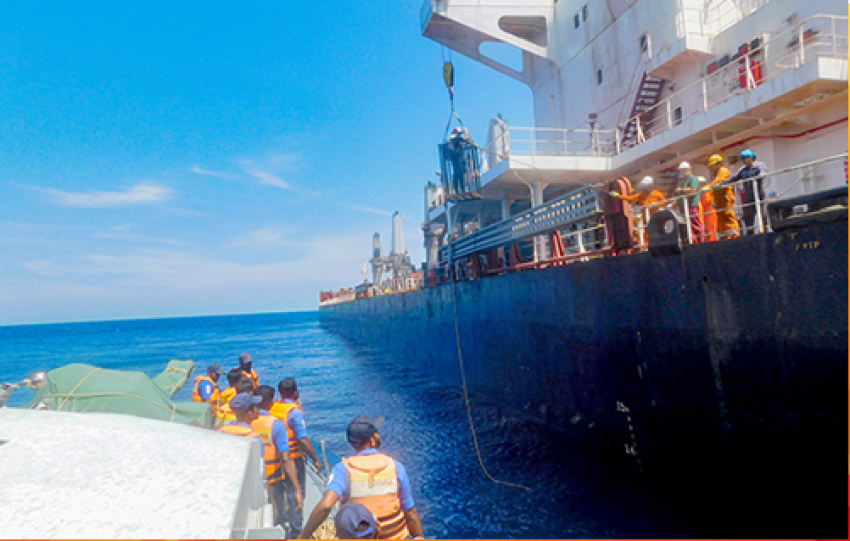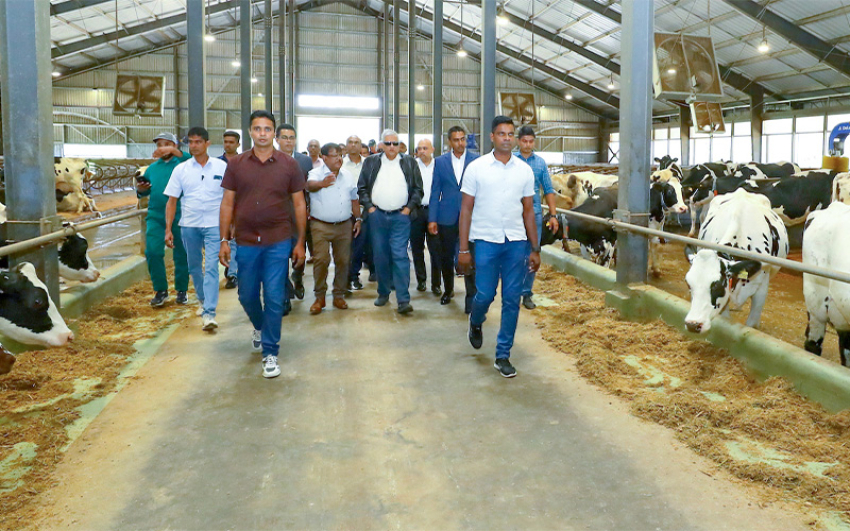Climate Change Minister Mushahidullah Khan said that in UN’s recent report “Economic Social Survey of Asia and the Pacific” almost all Asia-Pacific countries - particularly Pakistan, Bangladesh, Bhutan, Nepal, Sri Lanka, India, Afghanistan, Cambodia and Philippines - are highly vulnerable to climate change.
Global Climate Risk Index-2015 also states that five out of top 10 countries most affected by climate change-induced disasters during 1994-2013 are located in Asia Pacific.
The minister has concluded that developing economies in the Asia-Pacific region continue to farewell in comparison to the rest of the world, he warned in a statement released on Sunday.
“But increased frequency in climate change-induced hydrological and geological disasters are most likely to scuttle Asia-Pacific economic growth trajectory as long as disaster preparedness is not strengthened in the region and public infrastructure, agriculture, water, health sectors and human settlements are not made climate-resilient.
He said the report released last week by the United Nations’ Economic and Social Commission for Asia and the Pacific (UNESCAP) said that the growth potential of Asia-Pacific developing countries, together which are home to the 743 million poor people, is being held back by infrastructure shortages, while existing infrastructures are prone to the escalating number of natural disasters.
According to Asian Development Bank report “The Economics of Climate Change in the Pacific 2013”, the storms and floods, in particular, are becoming endemic to the region, and their increasing frequency and severity can reduce economic growth and development, he said.
Recent earthquake in Nepal, ongoing erratic devastating winter rains/hailstorm in Pakistan’s north and India, Typhoon Noul in Philippines provide a fresh reminder of how natural disasters can reverse economic and social gains, with massive loss of life and livelihoods, Mushahidullah Khan recounted.
The region has borne the brunt of the physical and economic damage of increased disasters. It accounted for 38 percent of global disaster-related economic losses between 1980 and 2009. People in Asia and the Pacific are four times more likely to be affected by disasters than those in Africa, and 25 times more likely than in Europe or North America.
Incidents of precarious weather extremes are occurring in the Asia-Pacific region more often than any other region of the world. This gives the region, which accounts for nearly half of heat-trapping global greenhouse gas emissions, a huge stake in mitigating global temperature rise while adapting to already rising climate change impacts in shape of floods, typhoons, cyclones, sea level-rise and heat-waves.
The Asia-Pacific countries urgently need to boost investment in disaster management, climate-resilient infrastructures, he said referring to different global studies, Mushahidullah insisted.
A climate-induced disaster fund for the region that would channel critically needed post-disaster assistance into building resilience against future catastrophic events should also be considered.



